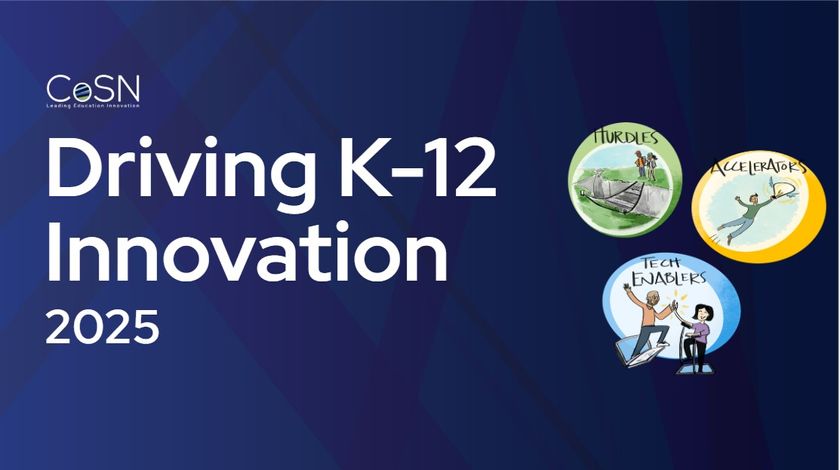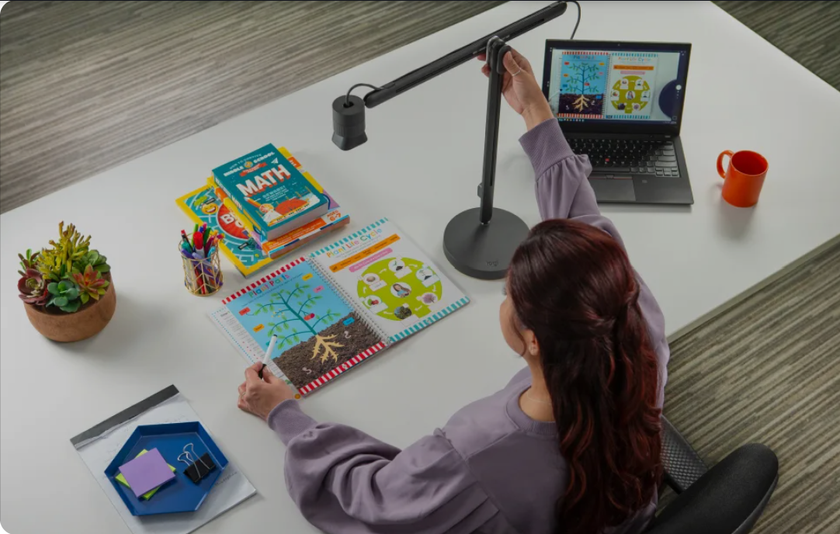SETDA releases ed tech report
The State Educational Technology Directors Association (SETDA) has released its annual National Trends Report, revealing new data on the power of technology to increase student achievement and describing the need to equip American children and teachers with the knowledge and technological proficiency necessary to make America a leader within the competitive—and “increasingly digital”—global economy. The report, titled “Focus on Technology Integration in America’s Schools,” describes programs that “effectively integrate technology in efforts to create robust subject matter content, innovative curricula, ongoing professional development, and diagnostic assessments to facilitate individualized instruction.” One of the report’s highlights is the Enhancing Education Through Technology (EETT) program, a component of the NCLB Act, and explains how states are using funds to increase student achievement. A few major findings that highlight the power of instructional technology to increase student engagement are as follows:
.31% increase in innovative use of technology by teachers in core subject areas
.17% - 33% increase in reading achievement
.18% - 36% increase in math achievement
.14% increase in graduation rate (66% to 80%)
Many of the gains shown in the report correspond with the goals of the President and Department of Education under the American Recovery and Reinvestment Act, Title I, Individuals with Disabilities Education Act, and Teacher Quality Enhancement grants. John Wilson, Executive Director of the National Education Association, says that “the successes highlighted in the Trends Report show how instructional technology can address teachers’ need for engaging curricula, as well as increase access to management and assessment tools to enhance the way students learn and teachers teach.” While investing in classroom technology may strain schools’ budgets initially, the report points out that the payoff is often much greater: classroom technology increases college-going rates, and according to the Business-Higher Education Forum and the U.S. Department of Labor, an “estimated 85% of current jobs and almost 90% of the fastest growing and best-paying jobs now require some postsecondary education.” The benefits of classroom technology are highlighted in the report through case studies by state, for instance in Greene County, NC: the college-going rate increased from 24% to 84% in 2007, after schools introduced laptops for students and on-going professional development for teachers. The report also points out that “digital technologies are transforming almost every industry,” and argues that “equipping students with technology skills is tantamount to preparing them for the workforce.”
Tech & Learning Newsletter
Tools and ideas to transform education. Sign up below.










